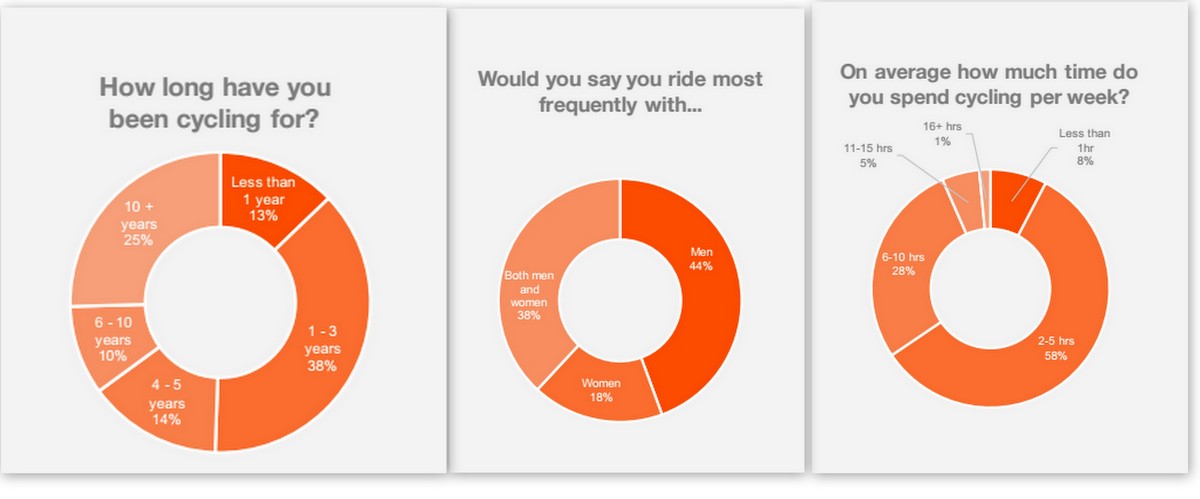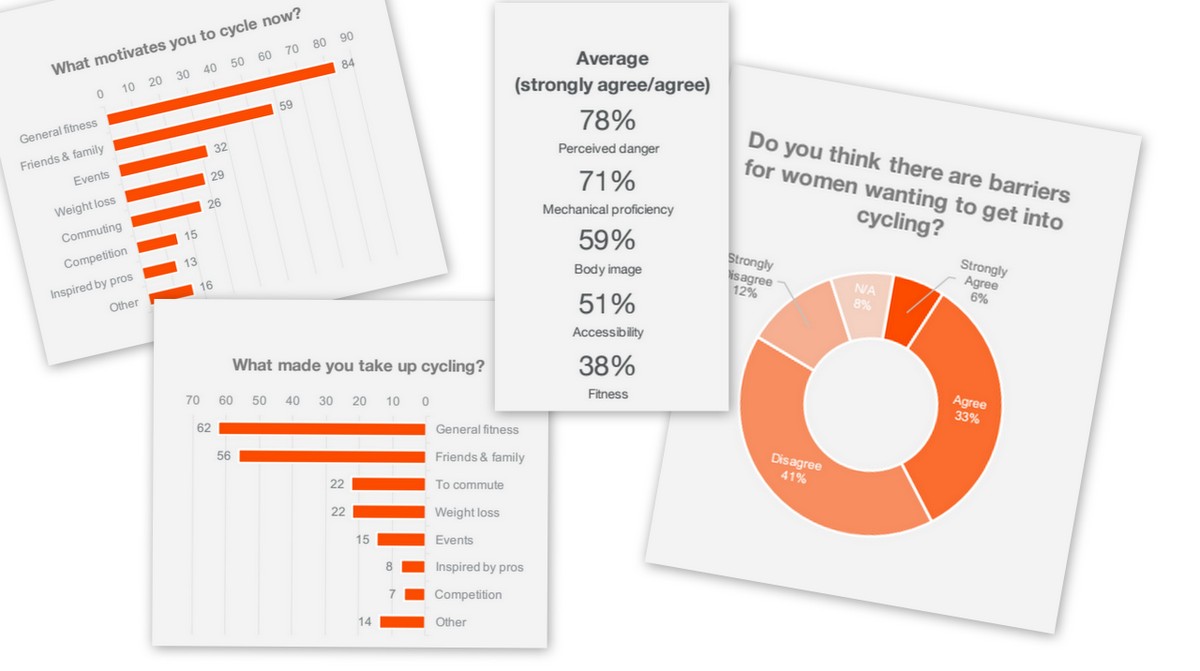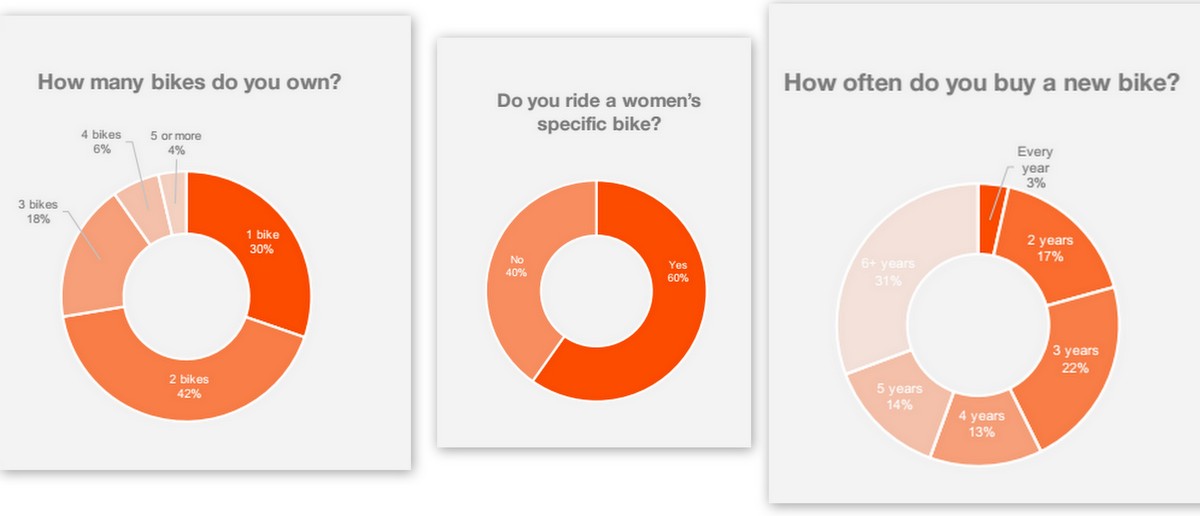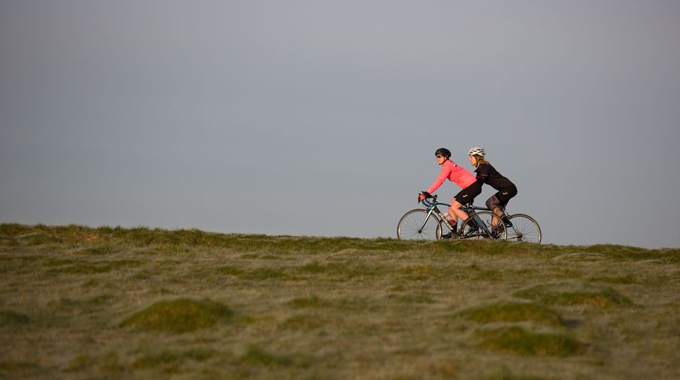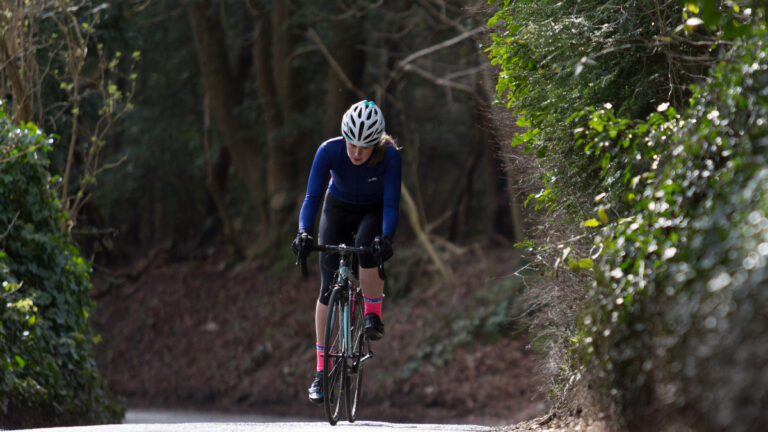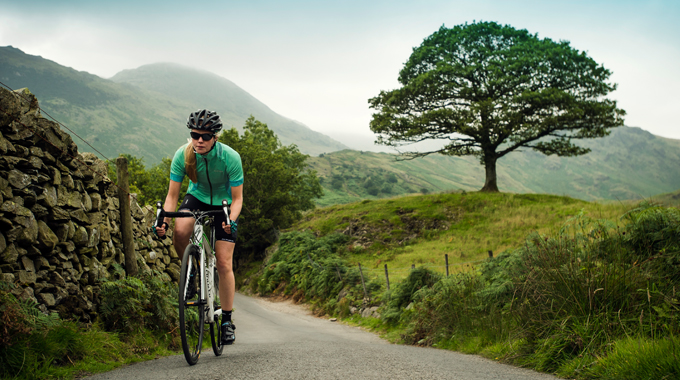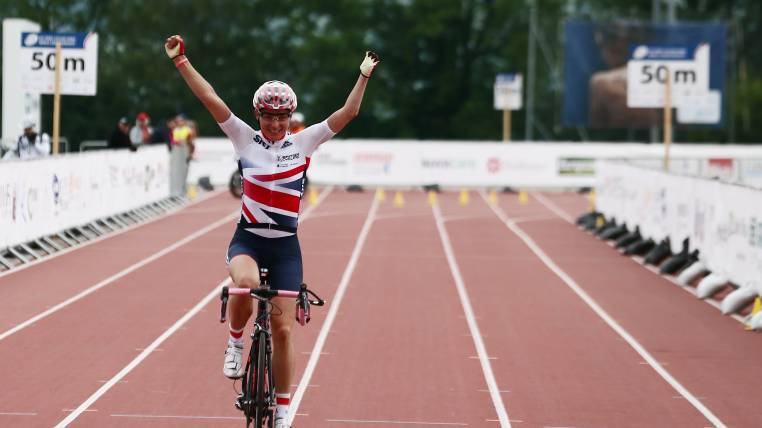Strava collects a massive amount of data from cyclists all over the world – but lately they seem to be making an extra special effort to use that data for the good of cycling kind.
In their most recent study, the social media platform carried out a detailed survey into the cycling habits, motivations, buying attitudes and barriers to entry for female riders in the UK. The survey ran from 7 to 10 June, and received 5,024 responses in just over three days.
- Highlights
- 61% of female cyclists surveyed are inspired by pro cycling
- 84% of female cyclists are motivated by health & fitness
- 52% cycle for leisure and recreation, 32% commute
- 60% say there aren’t barriers to entry for more women taking up cycling
- 63% ride socially at least once a week
- 60% ride a women’s specific bike
- Specialized is the most ridden bike brand amongst female cyclists
- dhb and Castelli are the most popular apparel brands
The findings came out just before Strava unveiled their new video, aimed at celebrating the many reasons we ride, run or swim. Describing the motivations behind the report, their Director of Local Marketing Simon Klima said: “We wanted to understand more about female cycling; we’re pleased that our engaged community were happy to tell us their thoughts. With these findings we hope to serve our growing community of female cyclists even better; we also hope that the wider cycling industry gets value from the report.”
Dani King was involved in the study, and said: “With women’s cycling growing both professionally and recreationally I was delighted when Strava asked me to get involved with this report. Since I’ve been cycling I’ve consistently heard two things. 1. Women aren’t interested in professional cycling and 2. There are significant barriers in place that prevent women from cycling. This report addresses these often quoted stereotypical views and shows them largely not be true.”
We do have to remember that Strava’s data reflects the thoughts, opinions and habits of women who the social network site could reach – and therefore won’t provide us with a clear picture of the overall audience. However, the results still make interesting reading…
What, where and who with?
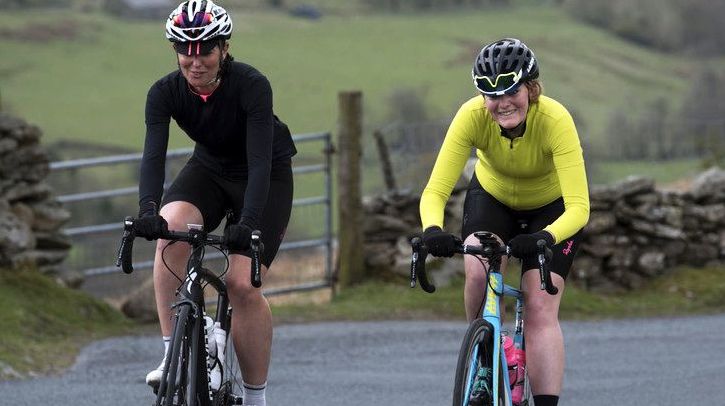
‘Who, what, where’ – the staple ingredients to the first line of any news story. And why? Because they’re the most important details.
Beginning with the question nearly all cyclists ask on first meeting another rider, Strava asked ‘how long have you been riding’ and the results showed that over half of female cyclists can be considered recent – in that they’ve taken to two wheels in the last 1-5 years.

Strava asked what sort of riding cyclists were doing and the majority – 83 per cent – said road cycling, 52 per cent said leisure cycling, 32 per cent commuting and 23 per cent mountain biking.
In terms of who they went riding with, 79 per cent said they would cycle on their own at least once a week, 63 per cent would ride with friends or a partner, just 22 per cent with a cycling club and 6 per cent ride with colleagues.
Only 18 per cent said they cycled regularly with just other women whilst 44 per cent ride with just men and 38 per cent ride with men and women. We’ve got to wonder if those figures would be the same if more of us could actually find local women to ride with.
Women’s Only Cycling Clubs: Are they the Way Forward?
Should we be Worried about Changing Cycling Club Culture?
When it comes to time spent riding – 58 per cent dedicate 3-5 hours a week, 28 per cent 6-10, and 5 per cent find 11-15 hours. Those cycling more than 16 or less than 1 hour a week were in the minority.


